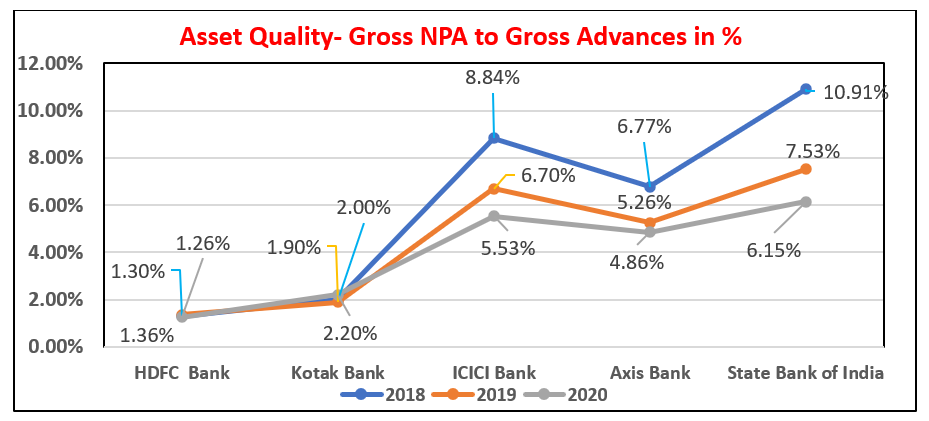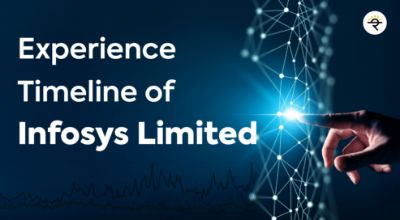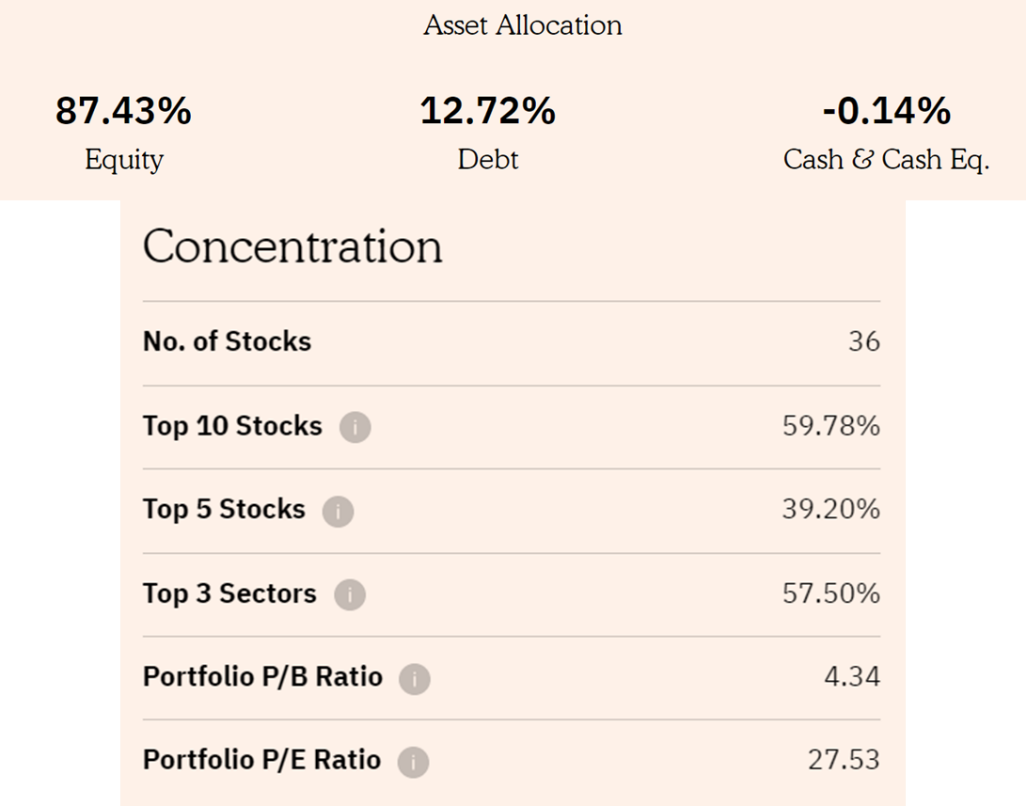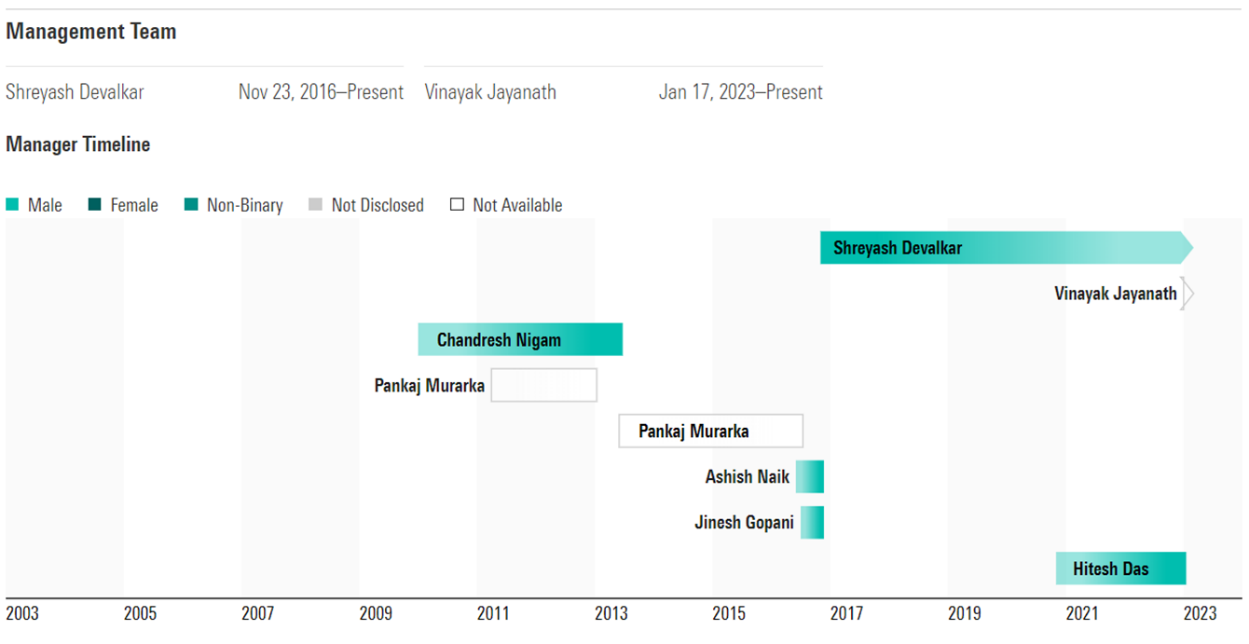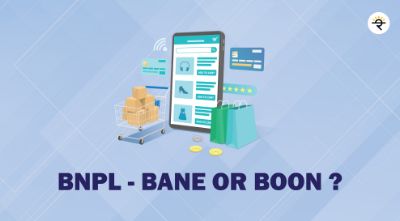The FIFA World Cup is starting tomorrow. Similar to Cricket, football is a ride of emotions for millions of fans across the country. Remember the 2011 Cricket World Cup? It was Sachin’s last World Cup and everyone wanted him to retire with one in his bag of achievements. Similar is the case with Lionel Messi this year. He has already confirmed that it will be his last try to get the Golden Cup, and we all want to see him hold one. Football has given us some very emotional moments. Remember how Russian Prez’s umbrella attracted more lenses than the trophy in the 2018 Finals, for once no one was annoyed that a non-deserving team won when Germany lifted the cup in 2014, and of course, you either need to be dead or not born to not know Shakira’s Waka Waka that took over the universe in 2010, it still does.
Today, we will understand three investment lessons that this phenomenal game can teach us. Let us begin
1) Choosing a team:
You may have observed that the team the manager chooses prior to every game attracts a lot of interest. Before revealing his starting lineup, the manager assesses the strengths and weaknesses of both his own squad and the opposition. Similar circumstances apply to stock picking. Research is necessary before selecting the best stocks.
The type of players chosen by a football manager is another analogy. If the manager decides to pitch a squad made up entirely of defenders or strikers, he would get himself into trouble. What would a game look like with eleven strikers? The team's composition would be incredibly unbalanced. They may score a hat trick, but they will also give up a lot of goals. Likewise with choosing stocks, choosing only stocks in the same industry or that are similar is not a good strategy. To reduce risk, you must diversify your holdings.
2) Profile of the players:
Players vary from one another, just like stocks do. The energy of the fresh blood, the serenity of the seasoned, and the undisclosed magic of the great players must all be in perfect proportions in order for the team to succeed. Different needs are served by each player. Take Lionel Messi or Cristiano Ronaldo as an example, whichever team they play for they are the ones chosen first by the manager. That's a result of the legends' extraordinary consistency throughout the years. For an investor, they resemble the stocks of reputable businesses that have historically produced significant returns.
Managers love the next-generation players. We are talking about the Mbappes, Kluiverts, and Scholes of the world. The rookies have something to prove, are simple to manage, and have skill reserves that can only be discovered if they are selected for the squad. However, not all young people make a splash. Playing a young gun definitely has its drawbacks. Here, managers take a calculated risk, something like investing in stocks of an unproven small-cap firm. Either these stocks turn out to be multi-baggers or they disappear without a trace. Therefore, a wise bet can be made by researching the company's business plan.
If you gave it any thought, you'd see that stable large-caps have a lot in common with defenders, unstable mid-caps have a lot in common with midfielders, and promising small-caps have a lot in common with forwards.
3) Game plan:
The strategies used on a football pitch also apply to the stock market. The manager chooses a starting lineup for his team based on the team's capabilities and the opposition's strengths. The most common football lineups have been 4-4-2, 4-3-3, and 3-5-2.
Balanced Strategy: 4-4-2 lineup is used when a manager wants to ensure that his side plays creatively while still avoiding taking any unnecessary risks. This is accomplished by keeping the ratio of defenders, midfielders, and strikers in check. The following strategy can be used by an investor to balance his portfolio for the best outcomes: He can invest 20% in small-cap stocks, 40% in mid-cap stocks, and 40% in large-cap stocks.
Aggressive strategy: When the manager decides it is time to put all of his efforts into scoring goals, he deploys a 4-3-3 aggressive lineup that consists of three strikers, three midfielders, and four defenders. The manager needs to choose players with excellent offensive talent in order for this method to succeed.
Defensive strategy: The manager occasionally wants to be conservative and avoid giving up goals. This is where he uses the 3-5-2 formation. To support the three midfielders and two tenacious strikers up front, he deploys three central defenders and two fullbacks. This is comparable to a person who prefers to take small risks and is content with steady profits. Such investors choose portfolios that are heavily weighted in defensive large-cap stocks, with the balance held in mid-cap stocks that are performing well.

Hah! I somehow see finance in everything that I see around me. But, enough learning for today, now let us drench ourselves in the wild energy and emotions that this World Cup has in its purse for us. Until then Tsamina mina, eh, eh Waka waka, eh, eh…

